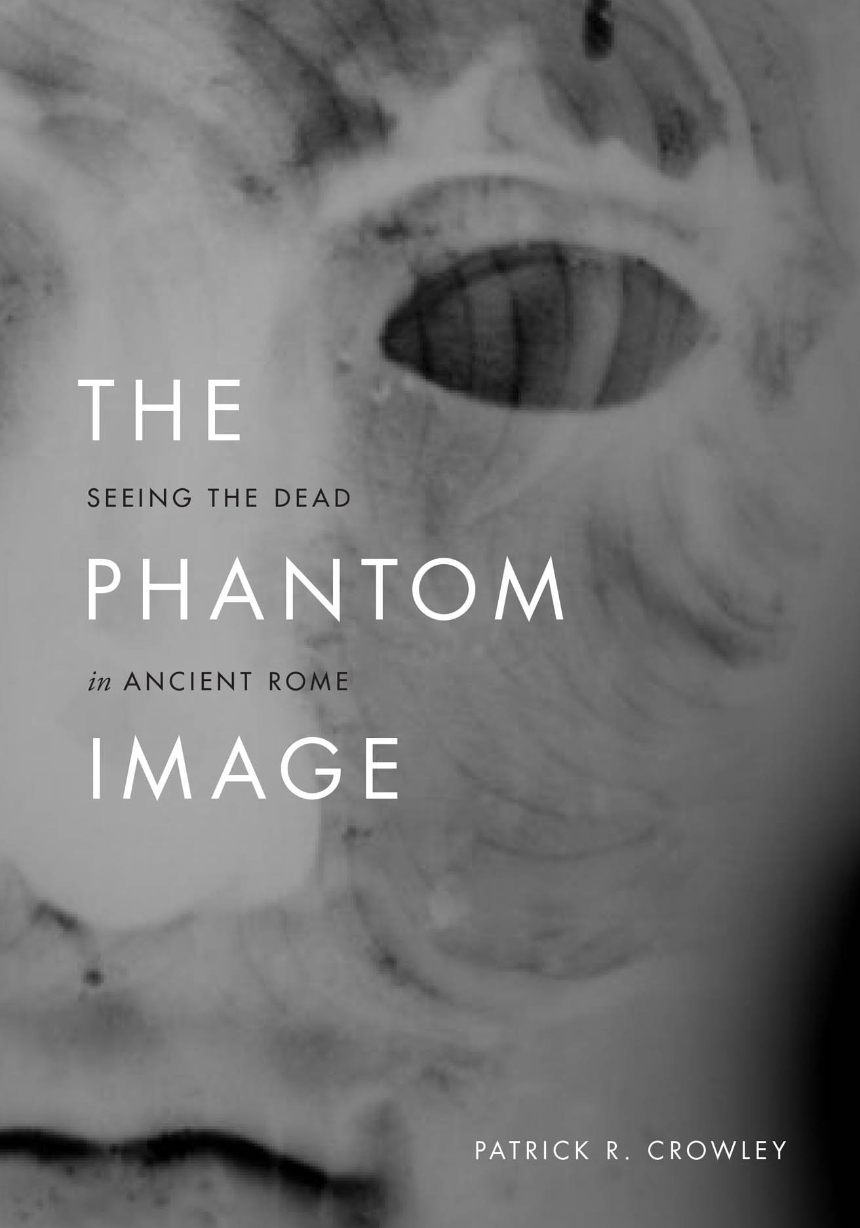The Phantom Image
Seeing the Dead in Ancient Rome
Drawing from a rich corpus of art works, including sarcophagi, tomb paintings, and floor mosaics, Patrick R. Crowley investigates how something as insubstantial as a ghost could be made visible through the material grit of stone and paint. In this fresh and wide-ranging study, he uses the figure of the ghost to offer a new understanding of the status of the image in Roman art and visual culture. Tracing the shifting practices and debates in antiquity about the nature of vision and representation, Crowley shows how images of ghosts make visible structures of beholding and strategies of depiction. Yet the figure of the ghost simultaneously contributes to a broader conceptual history that accounts for how modalities of belief emerged and developed in antiquity. Neither illustrations of ancient beliefs in ghosts nor depictions of afterlife, these images show us something about the visual event of seeing itself. The Phantom Image offers essential insight into ancient art, visual culture, and the history of the image.
328 pages | 25 color plates, 71 halftones | 7 x 10 | © 2019
Art: Ancient and Classical Art
History: Ancient and Classical History
